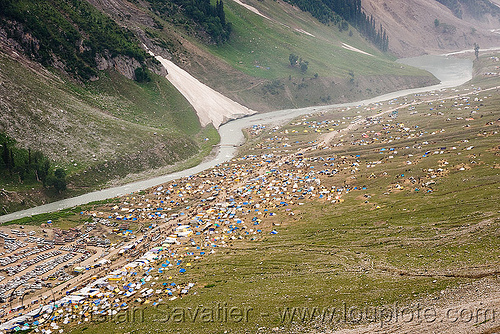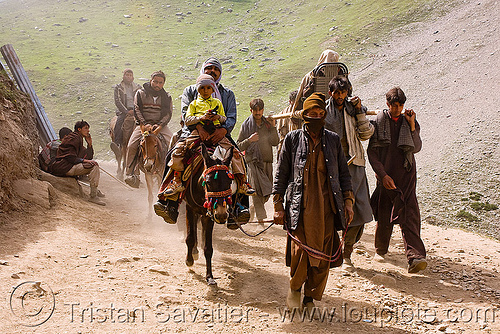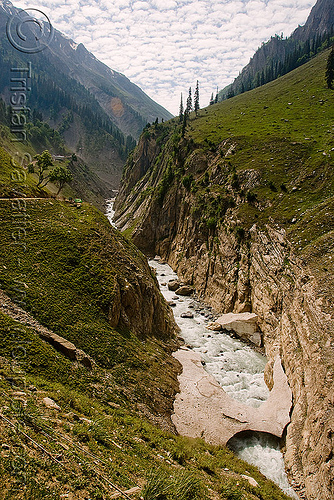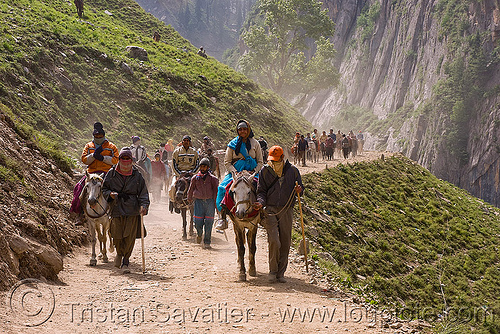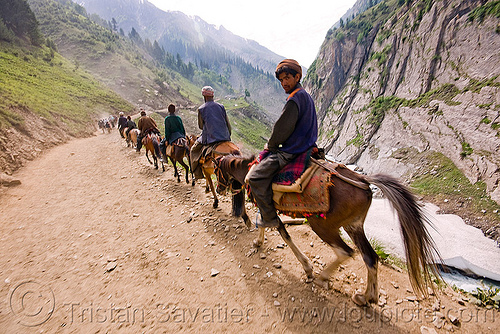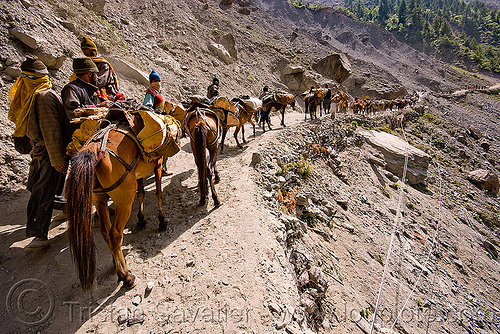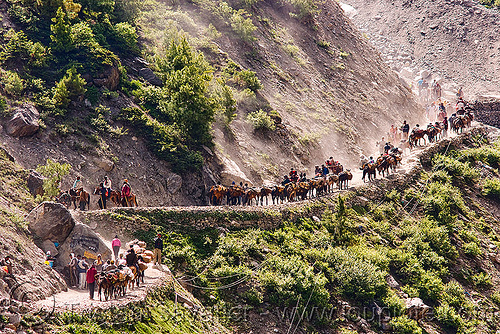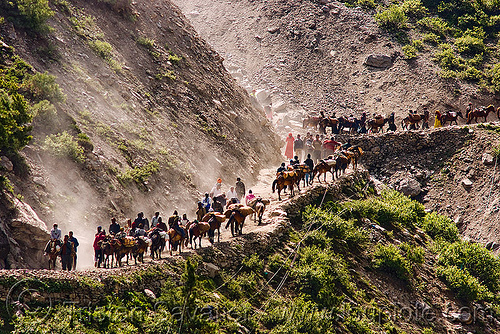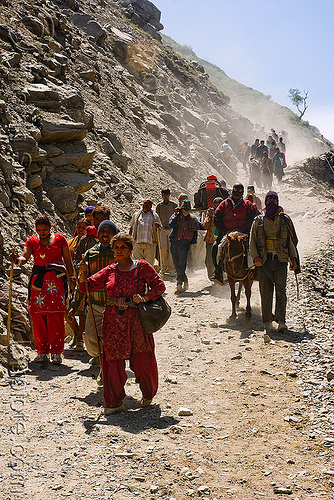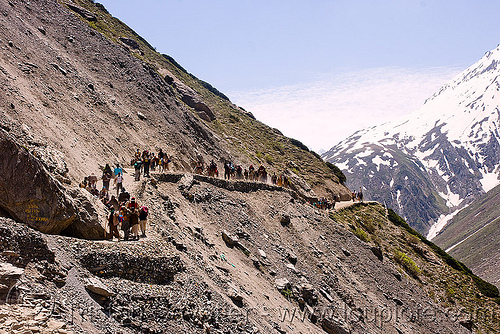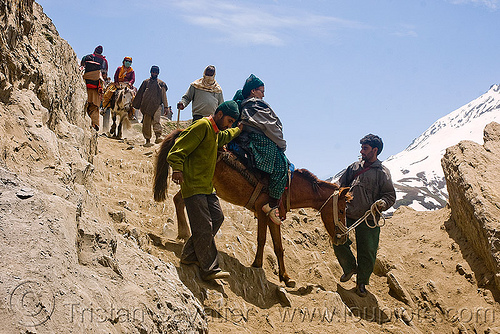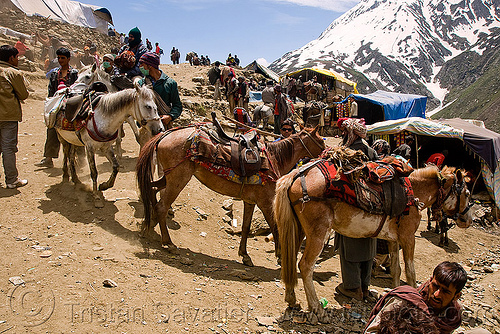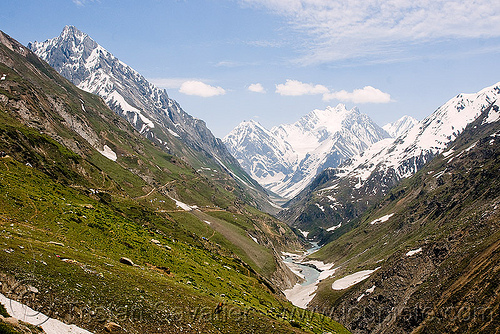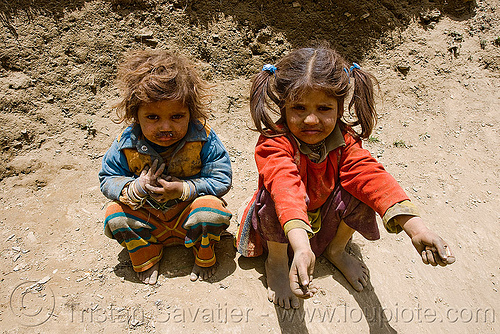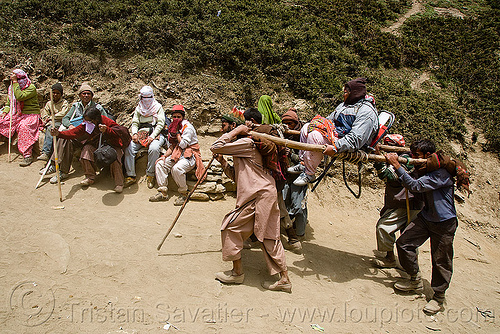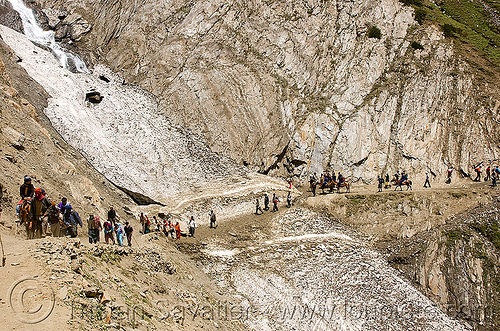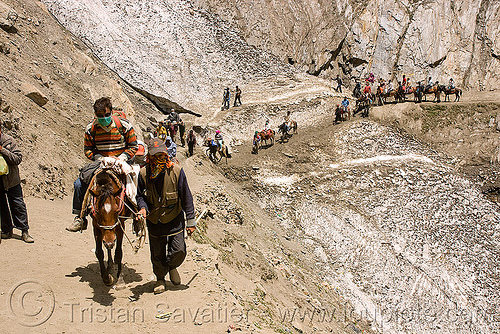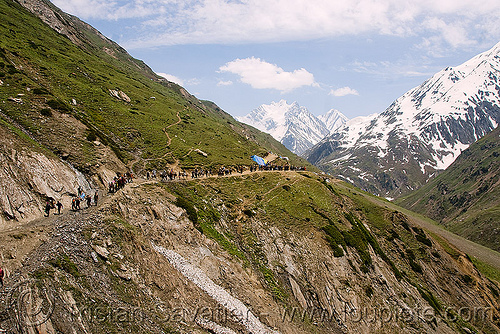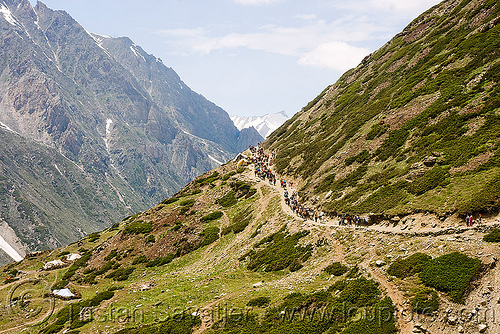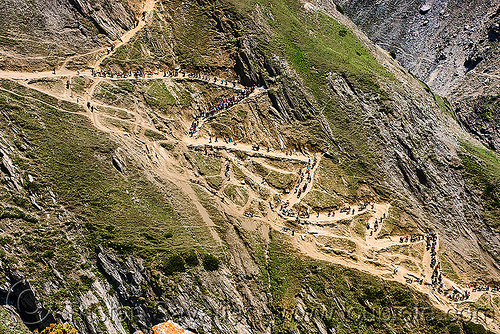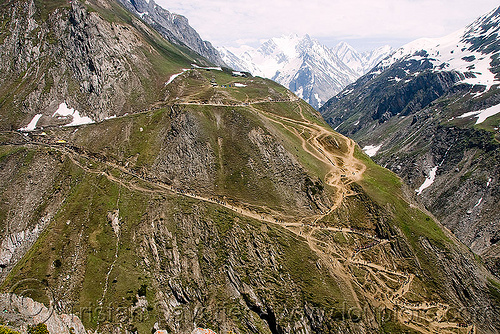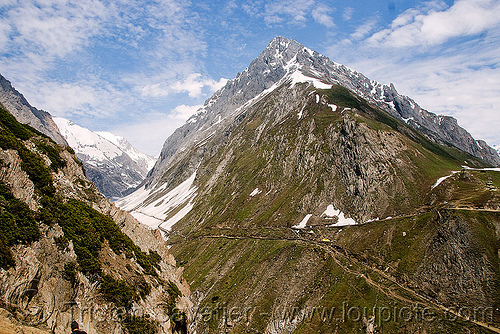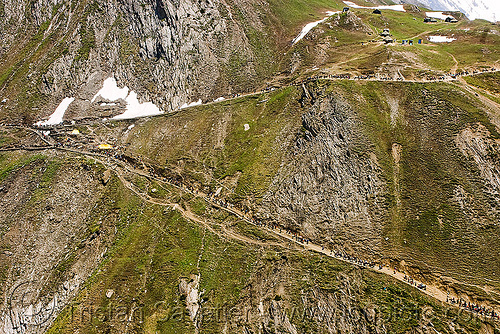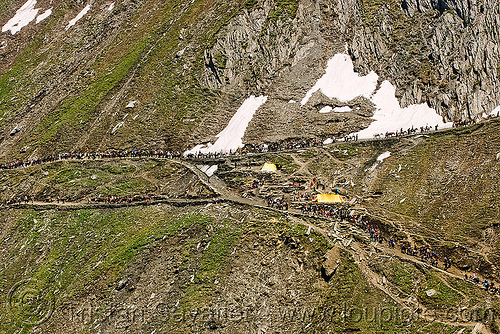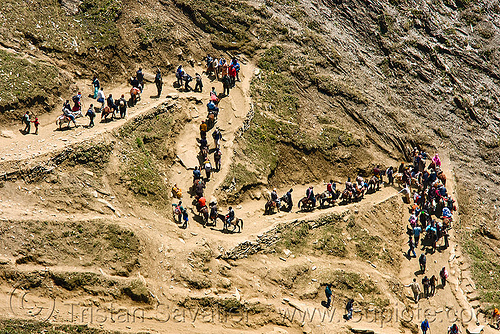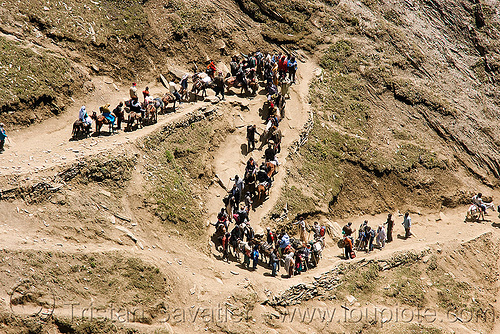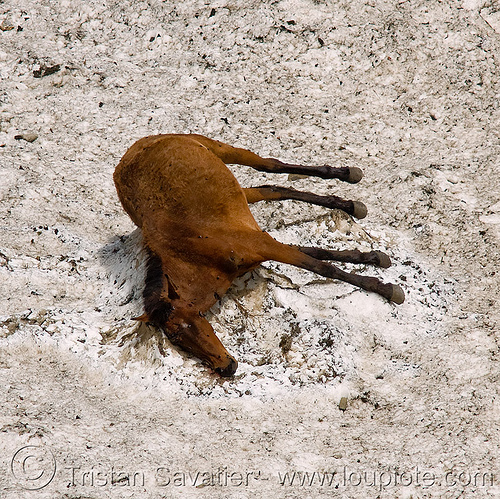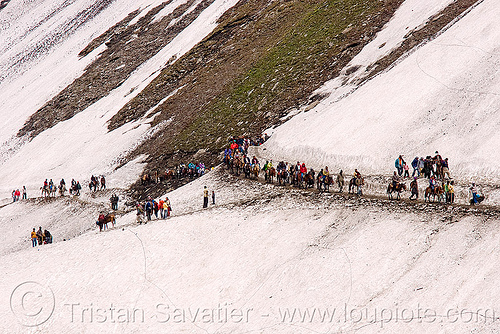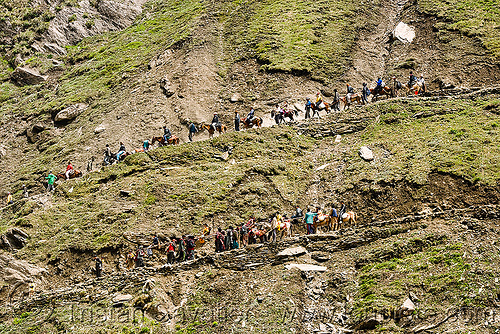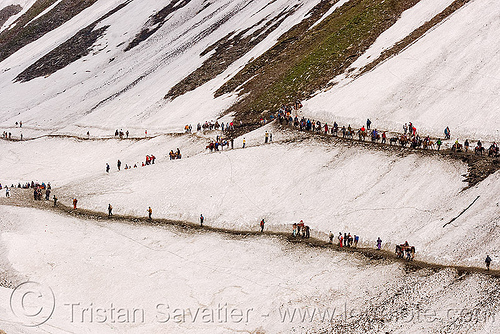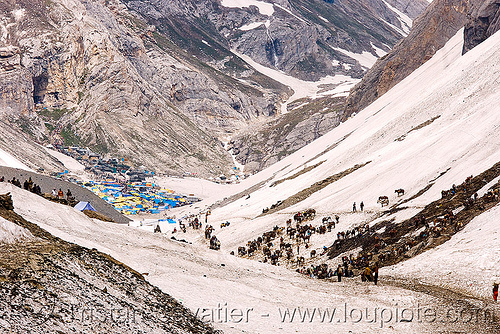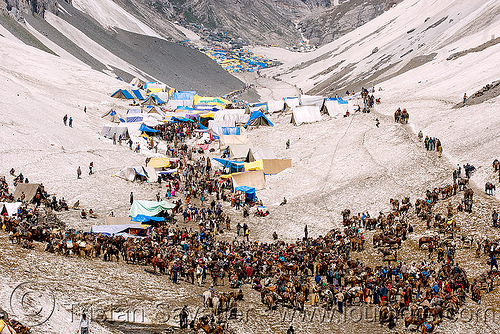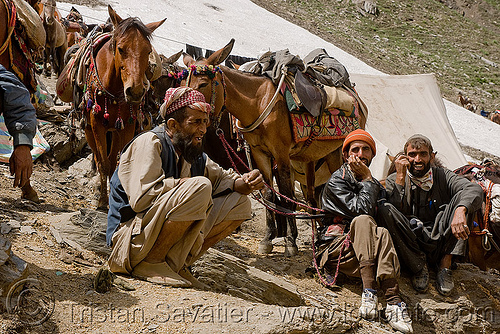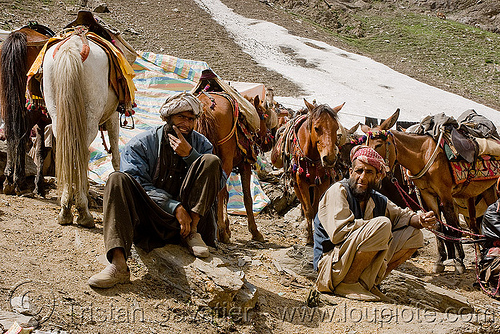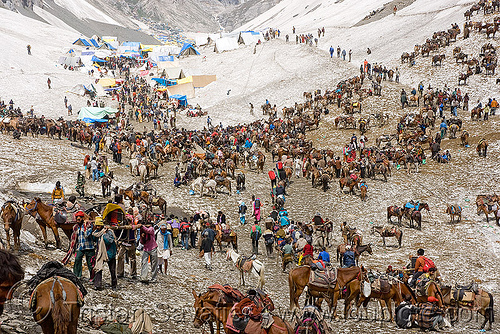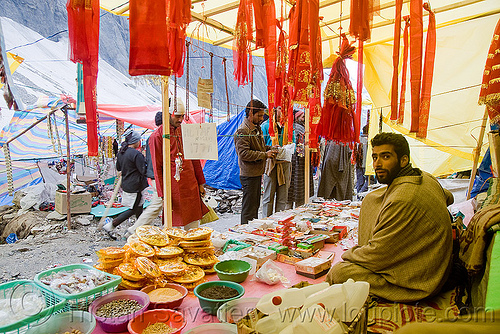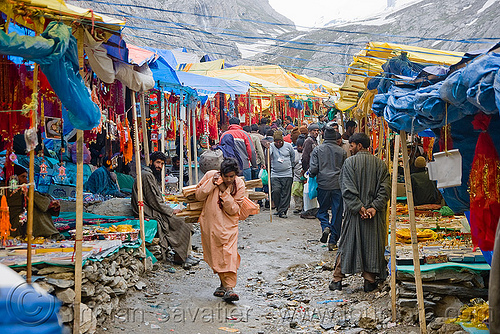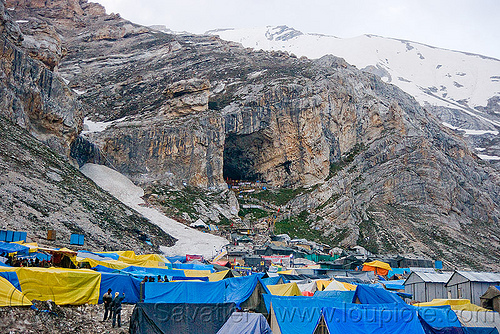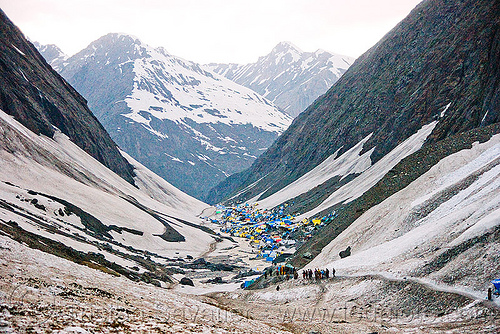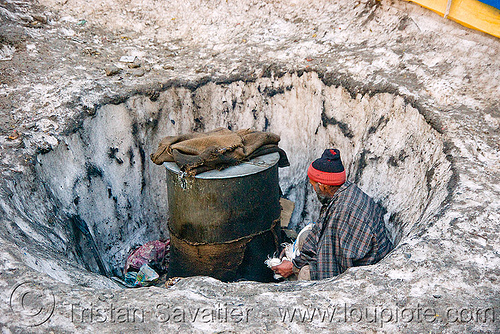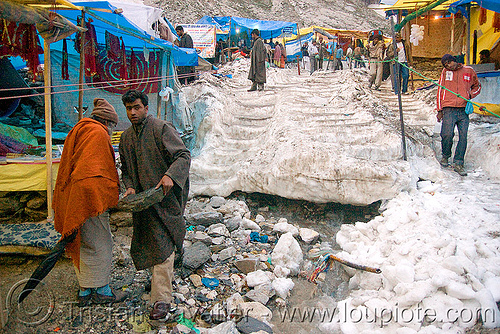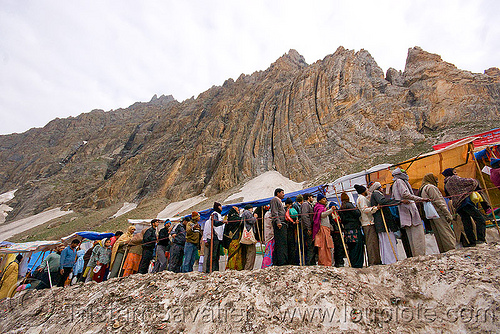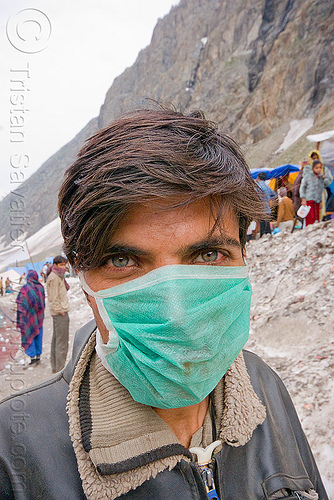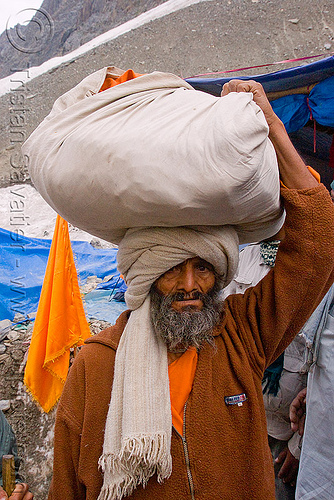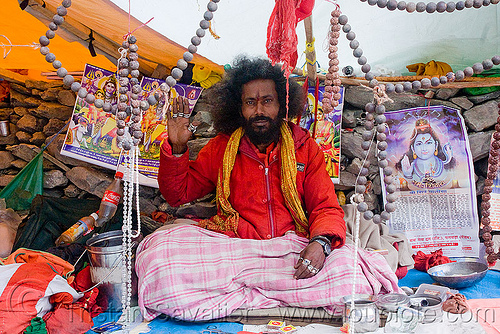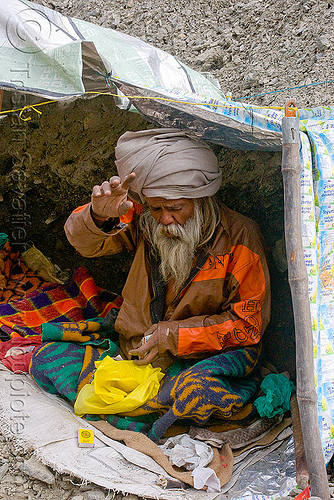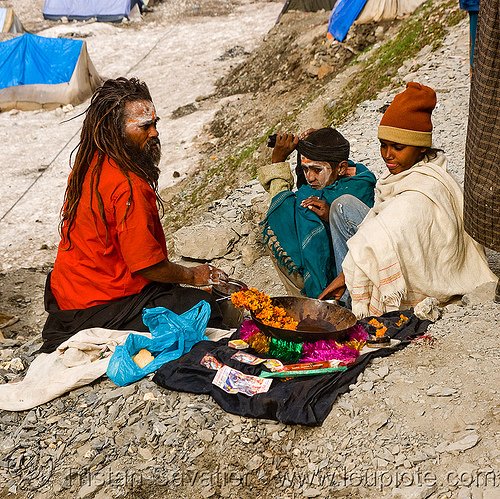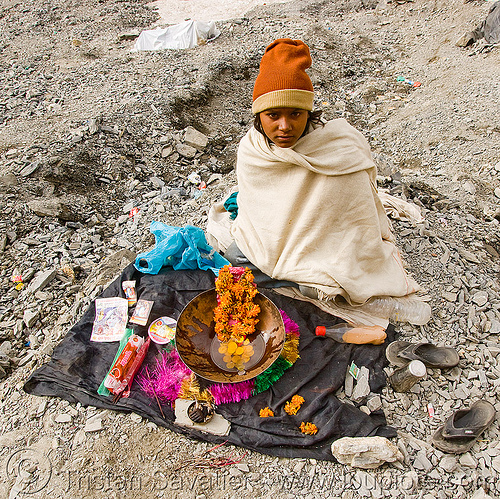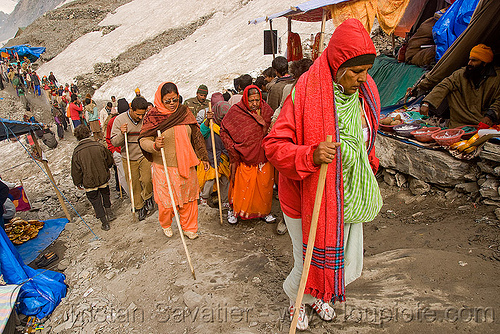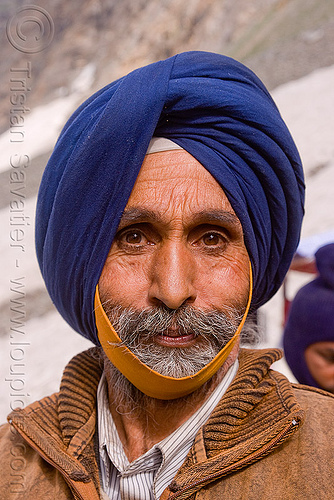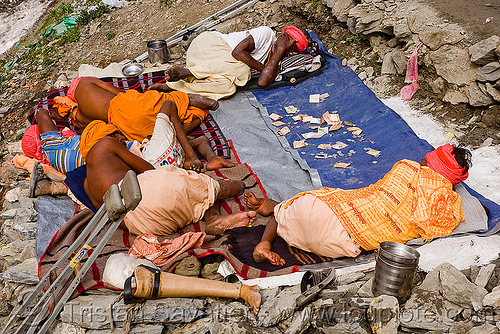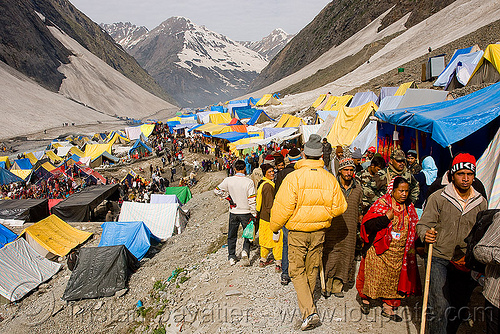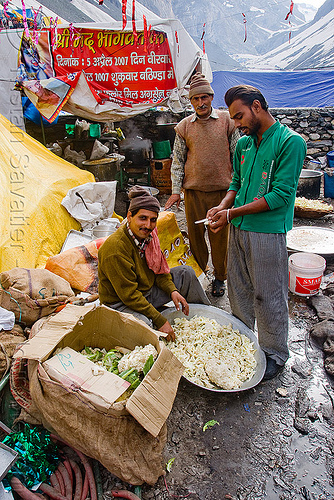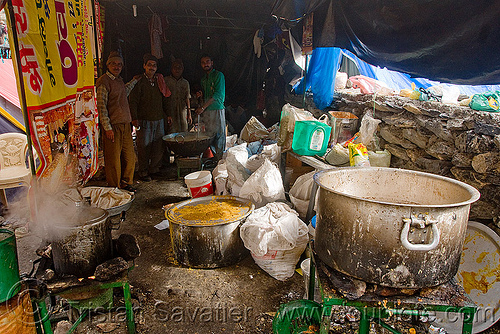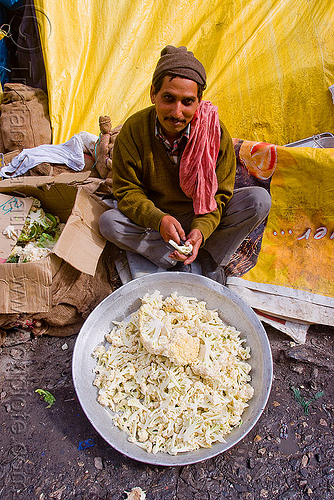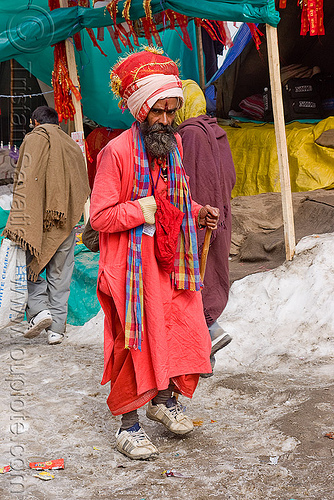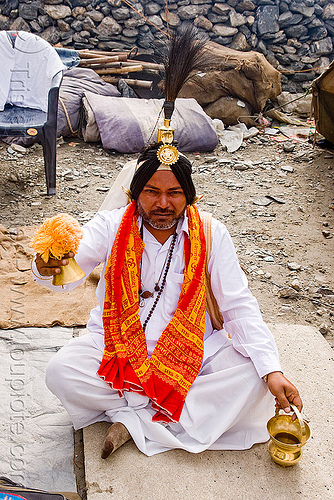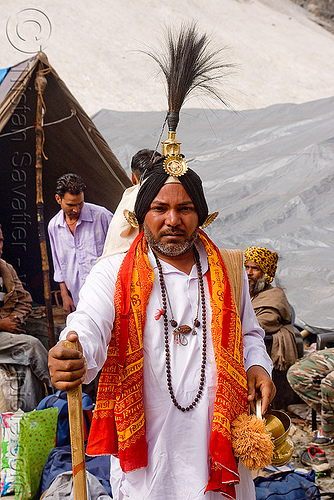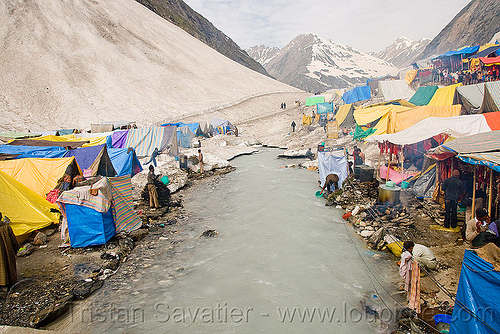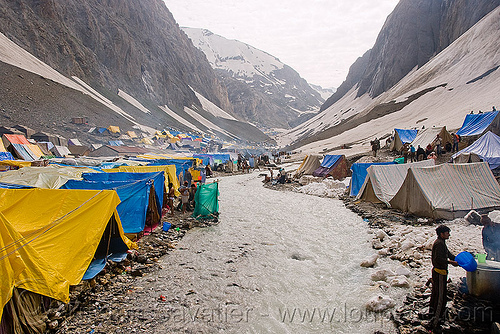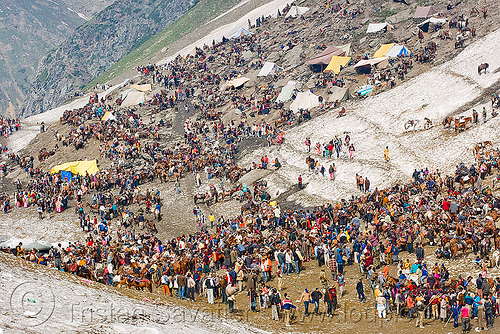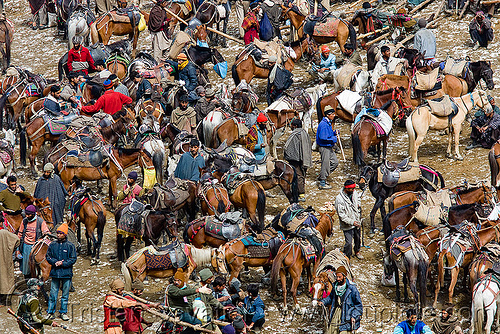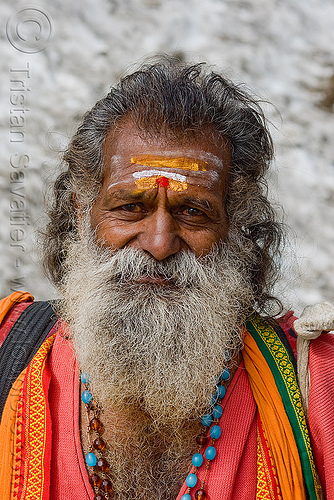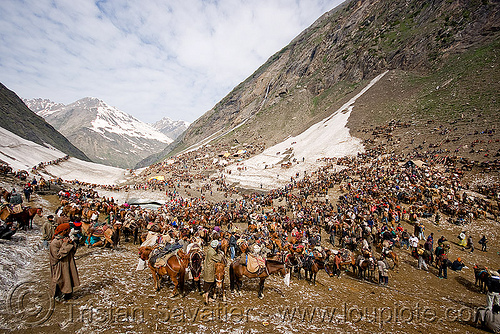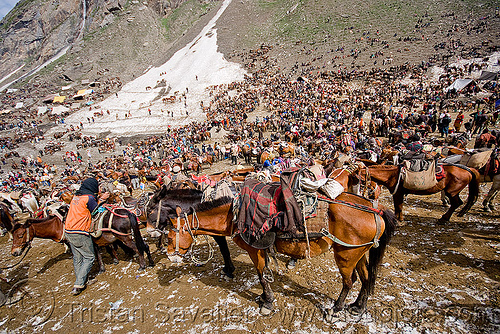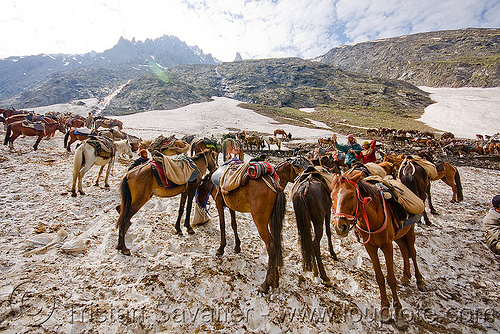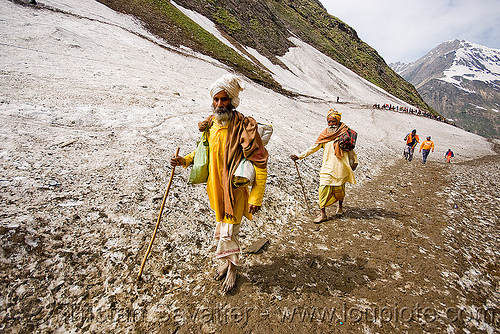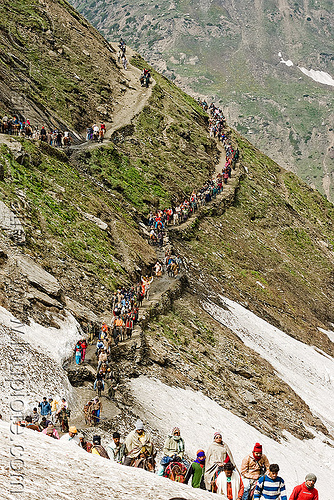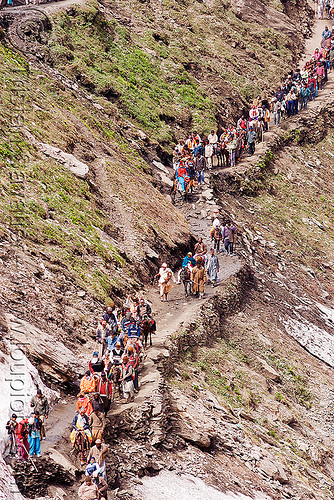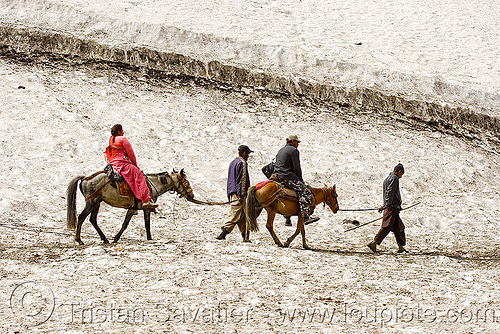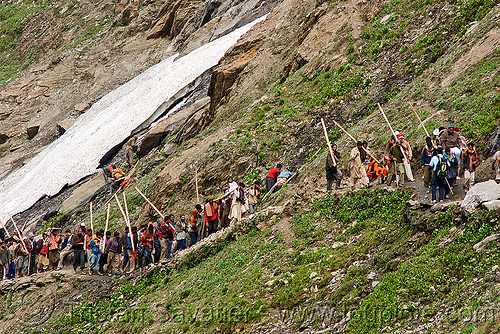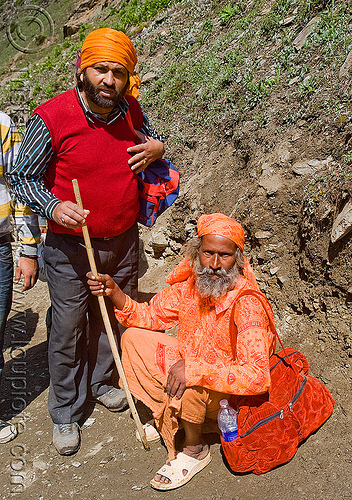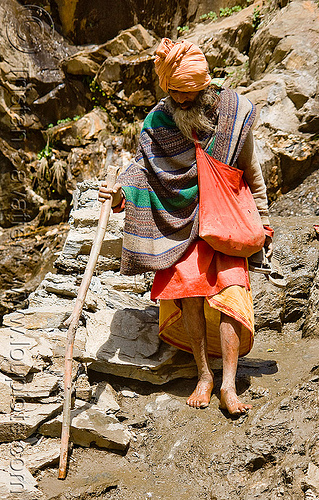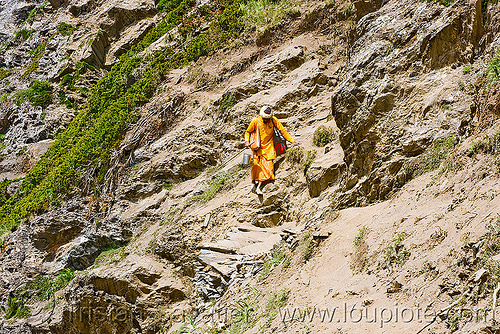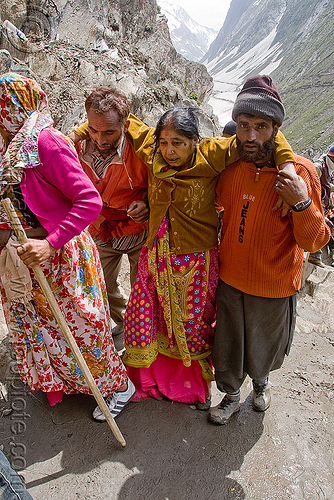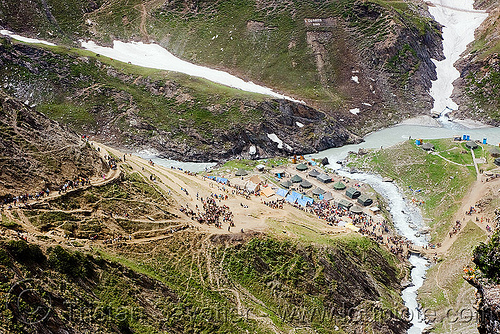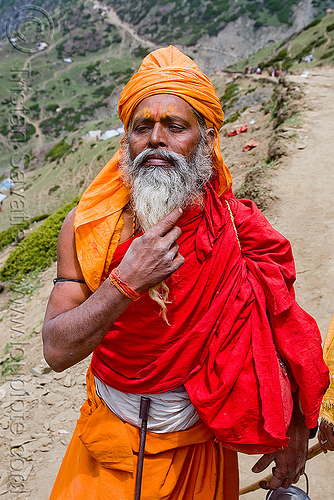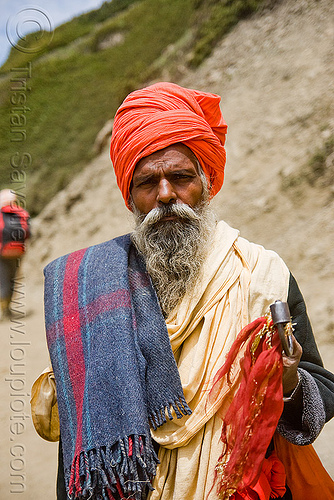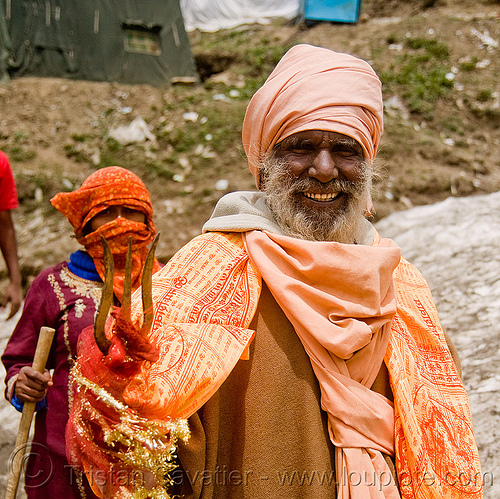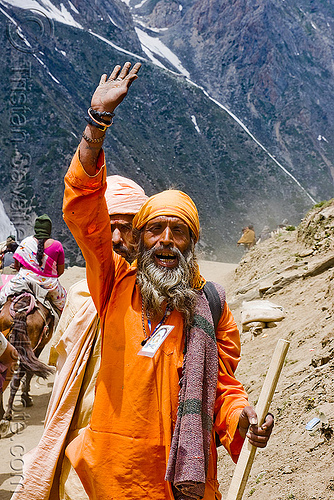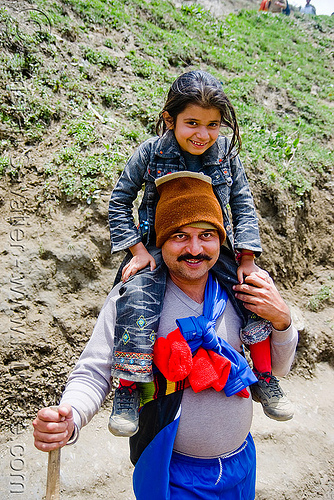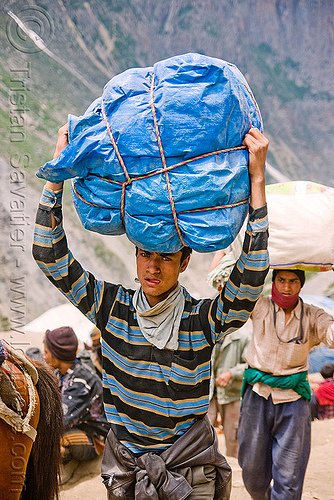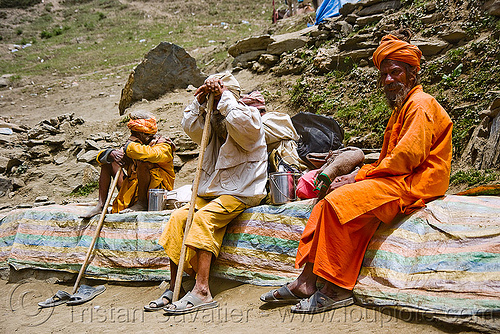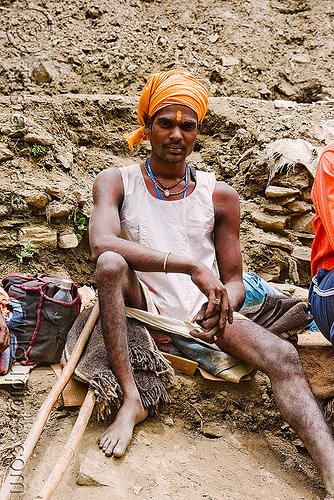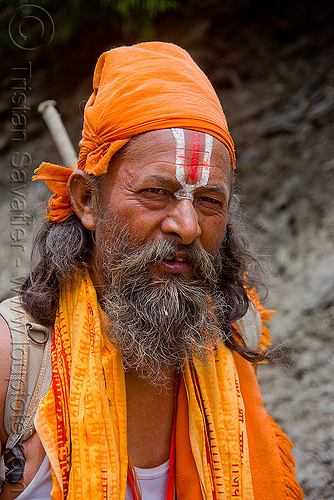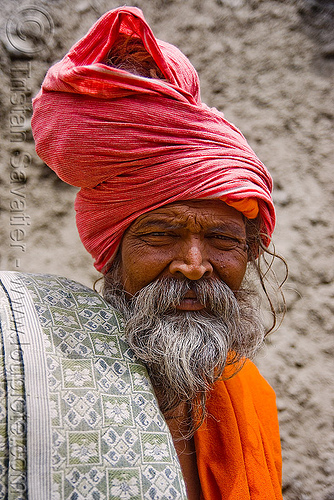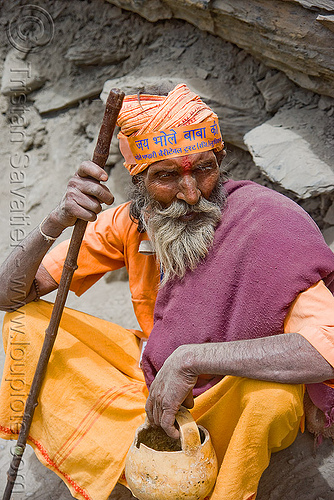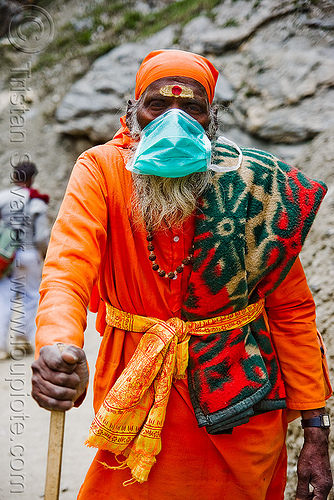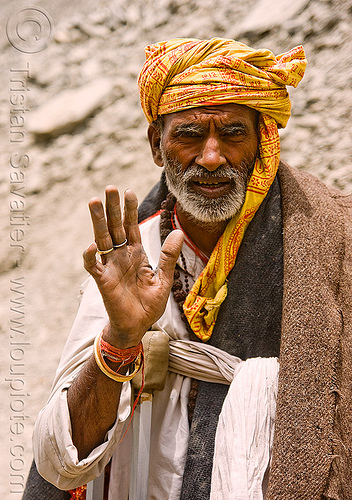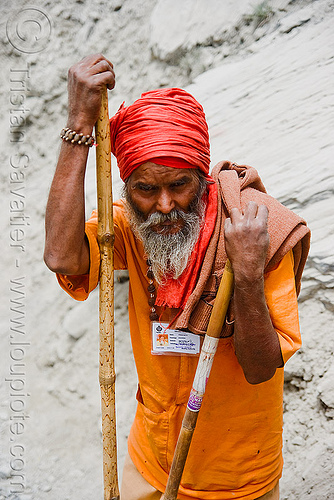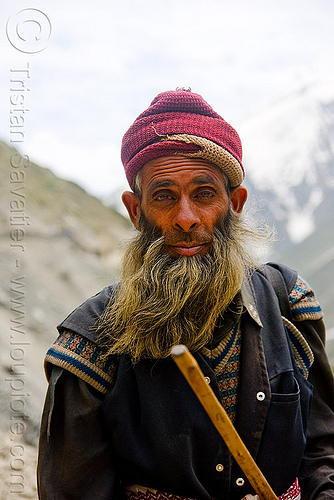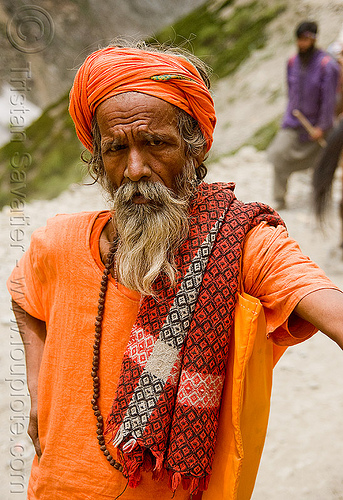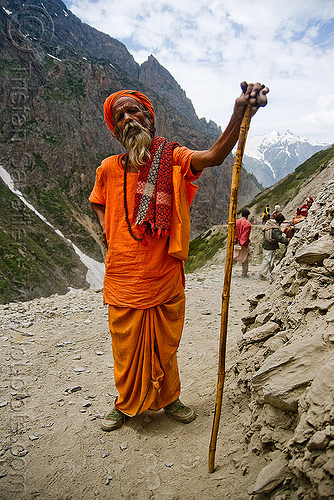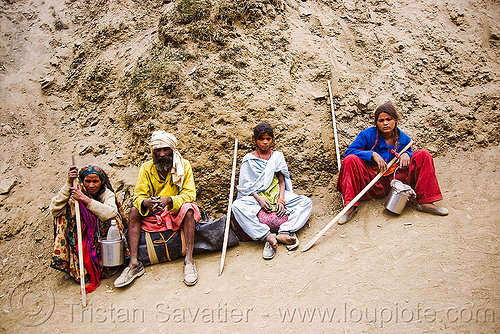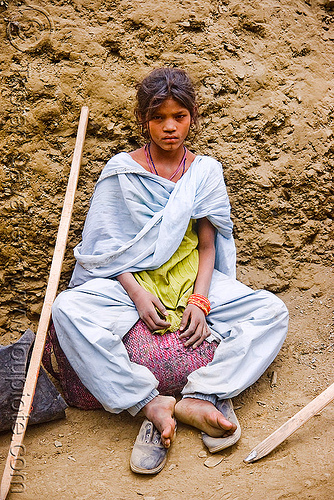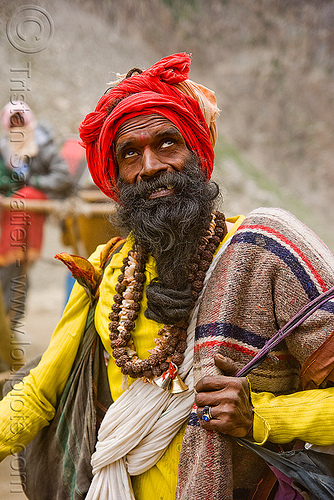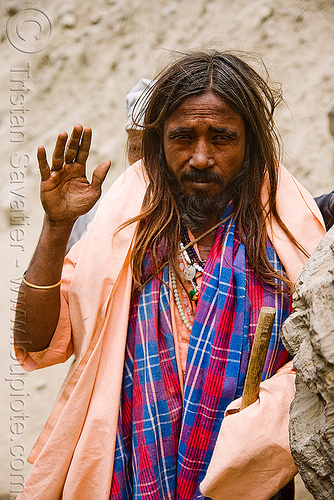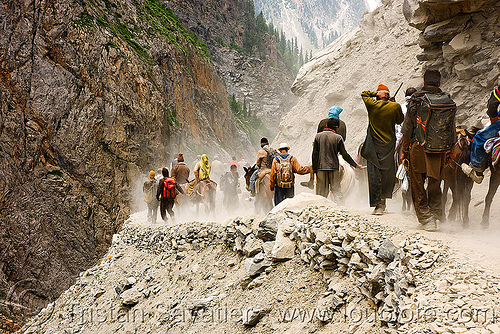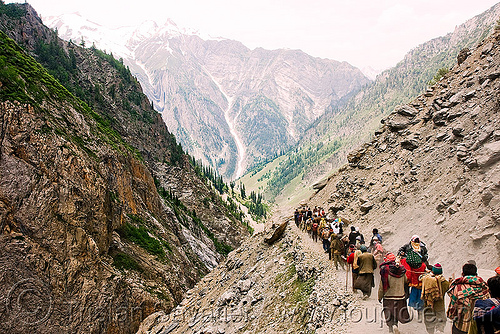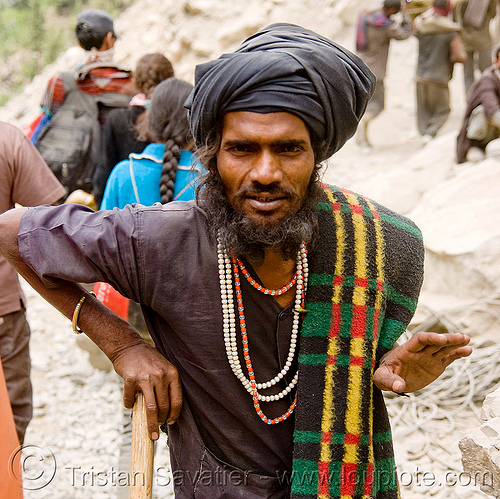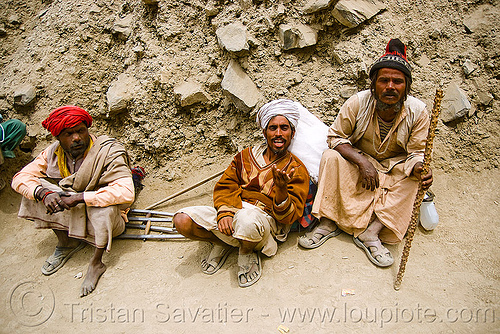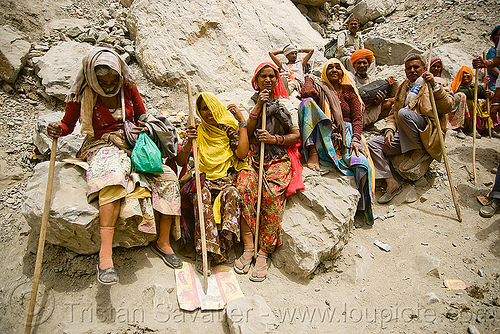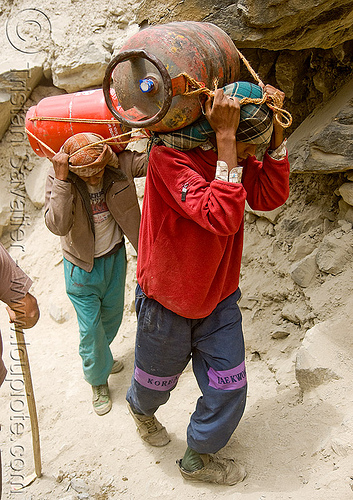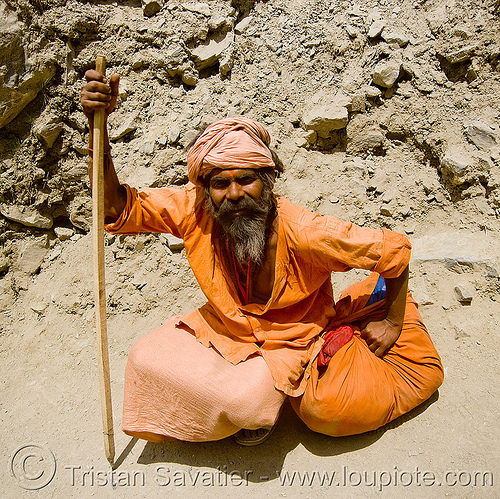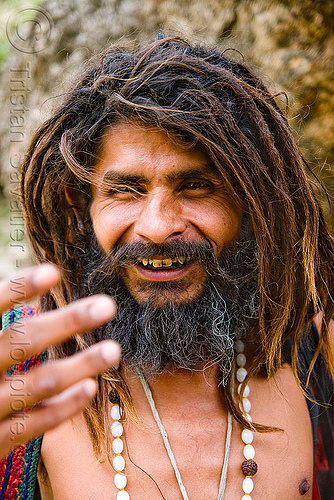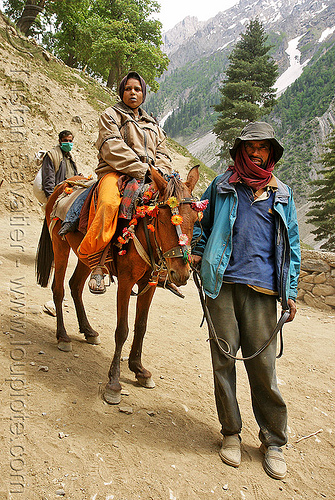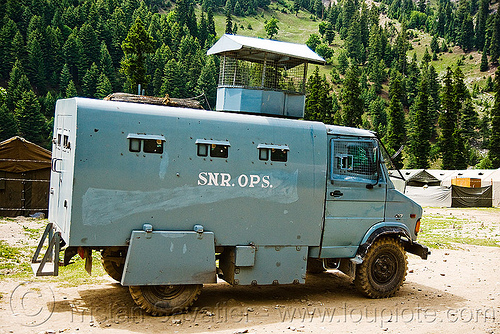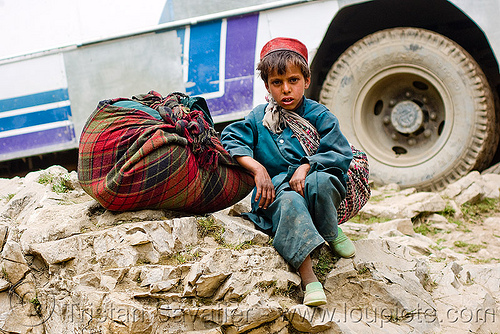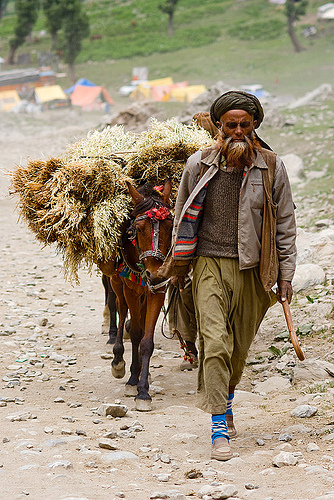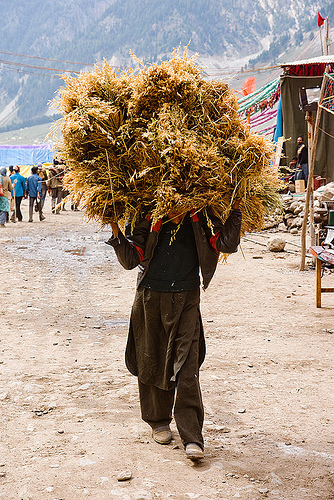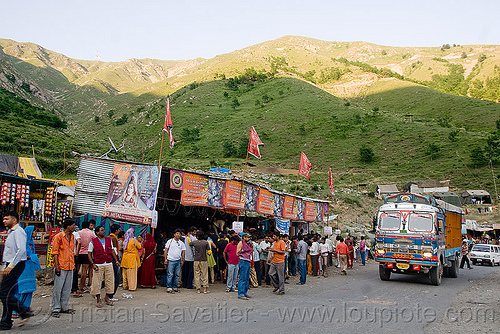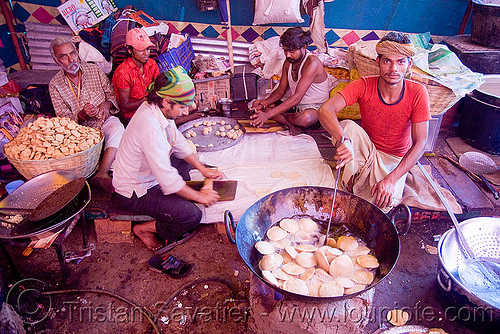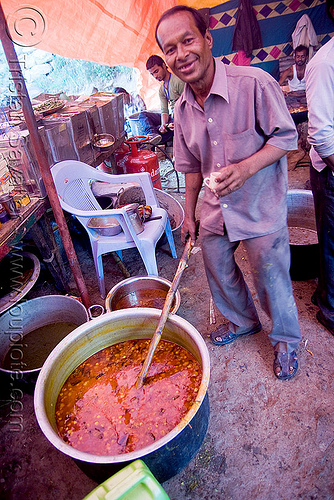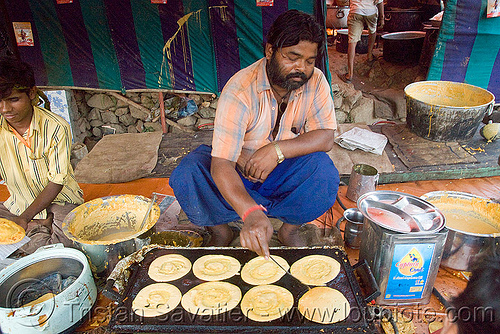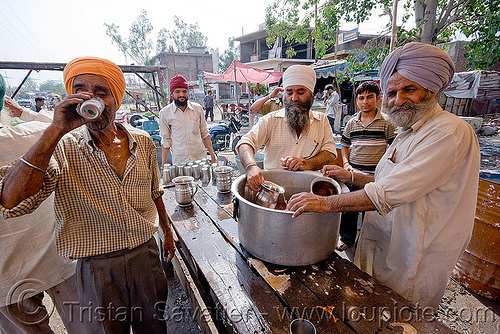amarnath yatra - kashmir - 194 photos
Photos of the 2009 Amarnath Yatra - Pilgrimage to Amarnath Cave - Himalaya mountains - Kashmir.
The Amarnath cave (Hindi: अमरनाथ गुफा, Urdu: امرناتھ گُپھا) is one of the most famous shrine in Hinduism, dedicated to the god Shiva, and located in Indian-administered Kashmir. The shrine is claimed to be over 5,000 years old and forms an important part of ancient Hindu mythology.
Every year, about 10 lakh devotees (that means 100,000 people) visit the Amarnath cave shrine. In 2020 the pilgrimage was cancelled due to the Coronavirus epidemics. This is the second year in a row that the pilgrimage would not be carried out. In 2019, the holy expedition was cancelled on account of security concerns and in light of intelligence inputs stating terror threats targeted at the Amarnath Yatra pilgrims.
Inside the Amarnath cave lies an ice stalagmite resembling a Shiva Linga, which waxes during May to August and gradually wanes thereafter. This lingam is said to grow and shrink with the phases of the moon, reaching its height during the summer festival.
Reaching the Amarnath cave is not an easy trek due to the (possibly) difficult weather conditions and the steep climb up along the Himalayas. Porters, Ponies and Dholis / Dandis (Chairs carried by 4 porters) are available along the route.
There are several routes to reach the cave, starting from different villages. The trail from Baltal is about 12 Km (that's the one i took), and the more traditional trail from Pahalgam is about 42 Km long and takes several days each way.
With the Baltal trail, the elevation gain is about 1,200 m (4,000 ft). the trail climbs from 3,000 m (10,000 ft) to about 4,200 m (14,000 ft) in only 5 Km (3 miles), which is a pretty steep climb.
Note that the Baltal trailhead closes at 8am every morning, and soldiers are unlikely to let you go up after that time. That's because Indian pilgrims often take the entire day to reach the cave, and the military do not want people stranded on the trail at night.
I went up one day (5-hour strenuous hike from Baltal), spent one night in a local tent near the cave, and went down back to Baltal the next day. It is possible to go up and down in one day (10-hour stenuous walk), but i would not recommend it. The trail is very dusty up to the midway camp, because it is shared by ponies, so many people wear face mask to breath a bit less dust.
At one point the Baltal trail has a fork (after the midway camp). People traveling by foot usually take the left fork, which is much shorter (but narrower, steeper and more slippery) and does not have ponies (no dust!).
A sleeping space in a shared tent near the cave is 100 roupies (in 2009), and includes a warm comforter, but even with that, is it very cold at night, with sub-freezing temperatures.
Drinking water is available from several streams on the trail, so no need to carry more than a 1-litter bottle. Langar (community kitchen) manned by Sikh people offer free vegetarian food and free Chai (tea) to all pilgrims.
The line to visit the cave and see the ice blob (Shiva Linga) can be several hours long, and the cave closes at sunset.
Security at the cave is now very high (multiple body searches and metal detectors), and they do not allow any camera or cellphone in the cave, so it is currently impossible to take photos of the holy ice stalagmite (Shiva lingam). But you can see many older photos of the Amarnath Shiva Lingam on the web.
Because I had expensive camera equipment that I did not want to leave behind, I had to negotiate with the military commander, and they finally allowed me to keep the camera in the cave after I left them the batteries.
For more information about this place, visit the websites:
